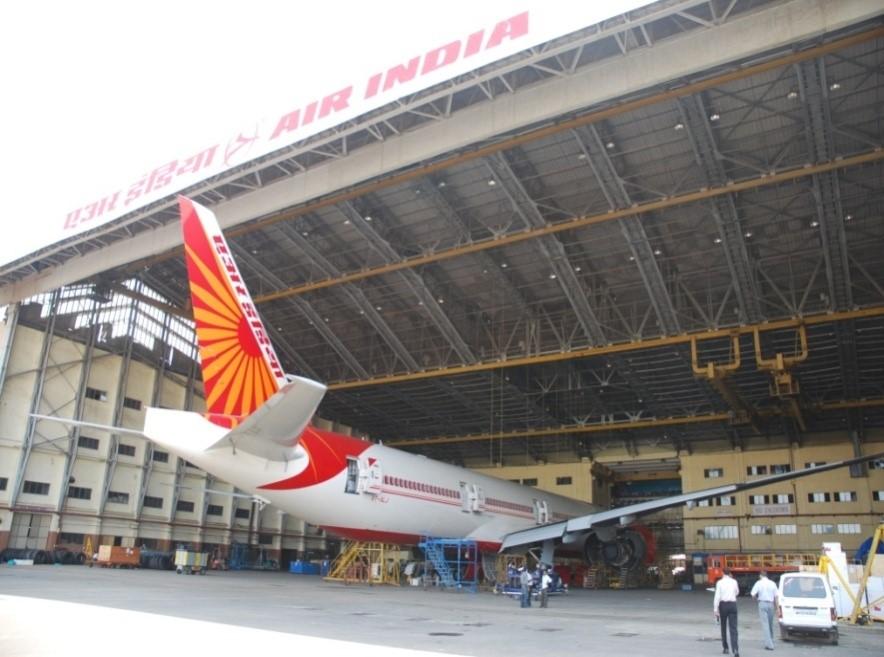
Over the past month, India has taken up a considerable amount of my time. Sadly, the current climate has meant I’ve not been able to visit the country itself for the first time. Instead, I’ve been researching and writing a feature article on the country’s aftermarket from London.
Having conversed with several MRO leaders and analysts, the mood in the country appears to be a mix of positivity about its undoubted potential counterbalanced by a sober realism about whether India, whose industry was already struggling to keep up with the pace of commercial aviation growth before the COVID-19 crisis, has the aftermarket infrastructure to meet projected long-term growth.
Like with all global regions, the COVID-19 crisis has been damaging to India’s commercial aftermarket. Pre-COVID-19, nearly 800 aircraft were operating from the country commercially. The virus’ negative impact on the country’s industry has led to reductions in fleet sizes, mature aircraft retirements, job reductions and cuts to capacity.
Its aftermarket recovery is expected to take longer than that of other major MRO markets such as the U.S., China and Europe and not start until 2023-24. Despite this, MRO demand is rising by the year and its long-term potential has a high ceiling. By 2030, Aviation Week data estimates that its MRO sector is set to be worth $4.2 billion, a large increase from $1.7 billion in 2021.
However, the country's MRO has largely been driven by airframe maintenance before at the expense of capability in other segments such as engine and component repair. It is this perceived lack of depth that is on the minds of some MROs.
Competition from overseas, particularly in regions such as China, Asia-Pacific and the Middle East has also proved challenging. It is estimated that around 85-90% of MRO work on Indian fleets is carried out overseas.
Government moves to address some of these problems, including reducing the goods and services tax applying to commercial and military maintenance activity reduced from 18% to 5%, have had a mixed response from India's MRO industry.
An upside of COVID-19 has been a gradual return of India's expatriate MRO workforce to the country from countries such as the United Arab Emirates, Thailand and Singapore.
Overseas MROs also remain interested in establishing business in India—the most recent example of this being AAR establishing its AAR Indamer Technics joint venture with Indamer, which got off the ground this year.
Looking to maximize these opportunities will be domestic-based MRO providers such as Air India Engineering Services, Air Works and GMR Aerotech, all of which have been actively adding new approvals, capabilities and capacity over the past few years.
Read James Pozzi’s India analysis in the upcoming issue of Inside MRO.





